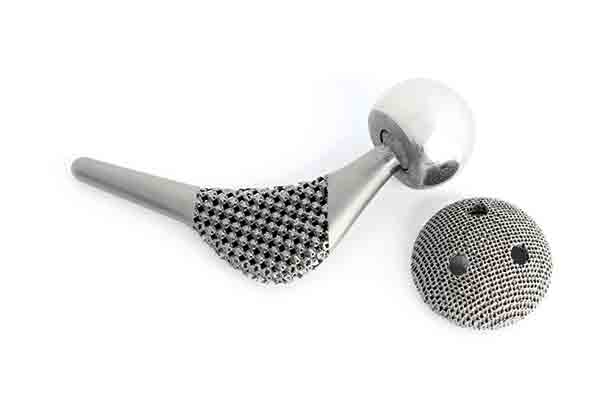
If you are a developer of medical products or other devices used in a healthcare environment, you need to be careful about the material you choose for manufacturing. Typically metal, rather than plastic or some other material, is chosen for applications that require the highest degree of strength and durability, especially when used for tools or as replacement joints which are subject to a lot of mechanical stress.
And, aside from purely mechanical performance, metal used in a healthcare environment must meet specific criteria that most other products don’t. For example, they may need to be non-toxic in the presence of human tissue or fluids. Or, they might have to resist chemicals such as detergents and alcohols which are used for cleaning. And metal used for implants must be non-magnetic and non-corrosive in addition to being non-toxic.
Because of the many variables, the FDA in the United States (as well as other agencies around the world) does not certify any raw materials for medical devices as such. Rather, it’s the final product – not the material – that is classified. However, choosing a biocompatible material is still the first and most important step towards achieving classification.
What are the most common metals and metal alloys for medical devices?
Several types of common metals and metal alloys have become indispensable after many years of real-world applications. Here are the most common types and their typical uses.
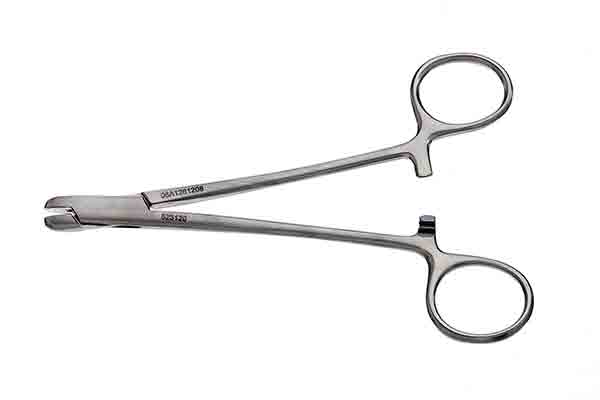
1. Stainless Steel
Stainless steel is an ideal material for many types of medical appliances. It is non-toxic, non-corrosive, durable and can be polished to a very fine finish so that it’s easily cleaned.
The most common types of stainless steel used for medical implants and body piercings are 316 and 316L, which are highly corrosion-resistant. This is important because corrosion in the bloodstream can cause infection and possibly even death. Many people also suffer from allergic reactions to nickel. Therefore low-nickel varieties of stainless steel can be substituted.
Most surgical tools are made from 440 stainless steel. It is not as corrosion resistant as 316 but the higher carbon content means it can be heat treated to create very sharp edges for cutting instruments.
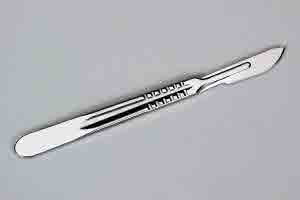
Stainless steel is commonly used for orthopedics like replacement hip joints, or to stabilize broken bones with screws and plates. It’s also used for other surgical tools like tweezers, forceps, hemostats and other equipment that has to be durable and also easily cleaned and sterilized. And, stainless steel mesh is sometimes used for intravascular stents.
2. Copper
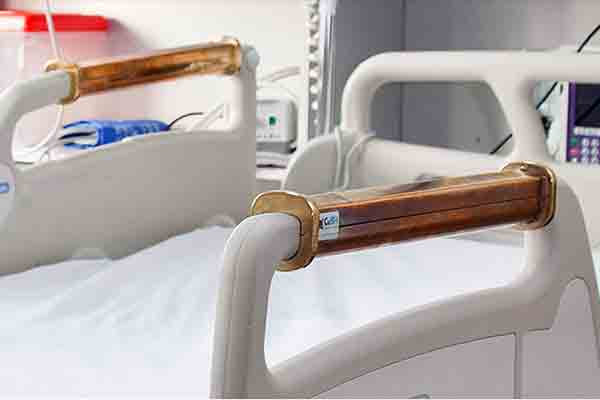
Copper is rarely used directly for medical implants. This is because copper is soft and may cause toxicity inside of tissue. However some copper alloys are still used in dental implants and to prevent infection in bone transplant operations.
But copper really shines because of its outstanding antiviral and antibacterial properties. That’s why copper is an ideal material for surfaces that are constantly being touched, like door handles, bed rails and switches. Copper is unique in that more than 400 different copper alloys have been approved by the FDA as biocidal to prevent the spread of viruses like SARS-CoV-2.
3. Titanium
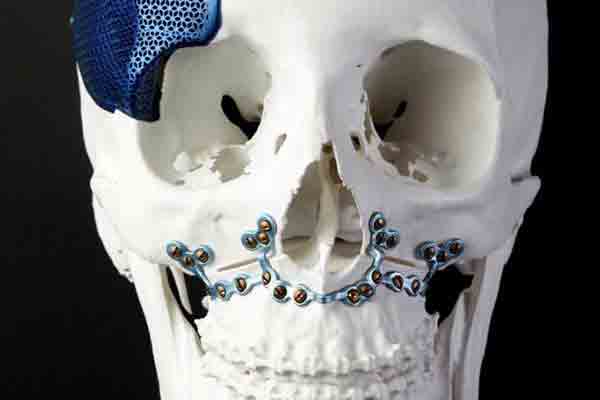
Titanium is now a common substitute for stainless steel to make skeletal supports and bone replacements. It is just as strong and durable as stainless while being substantially lighter, and it demonstrates excellent biocompatibility.
Titanium alloys are also great for dental implants. That’s because titanium, like some types of stainless, can be metal 3D printed to create perfectly customized parts from a patient’s scans and X-rays.
4. Cobalt Chrome
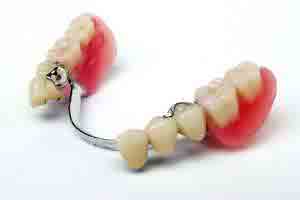
Cobalt chrome has high wear resistance and is used for joint replacements and for dental implants. It can be electropolished so that the surface is very smooth to prevent contamination. Although it’s very hard, cobalt chrome parts can be CNC machined or 3D printed.
5. Aluminum
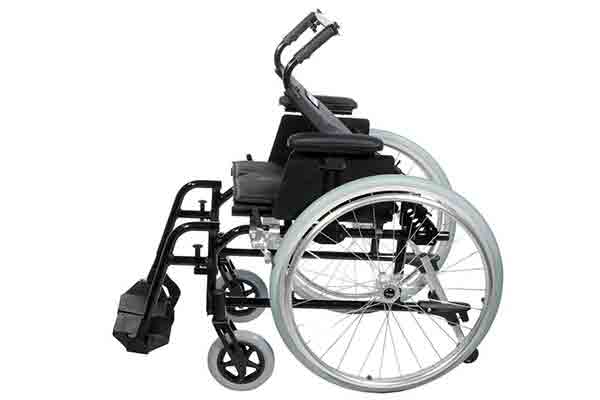
While seldom used in direct contact with the body, aluminum is very commonly employed for various types of support equipment that must be light, strong, and corrosion resistant. Examples include bed frames, wheelchairs, walking sticks, orthopedic supports and IV stands. Since raw aluminum can tarnish or oxidize very easily, aluminum parts are typically painted or anodized for durability.
6. Magnesium
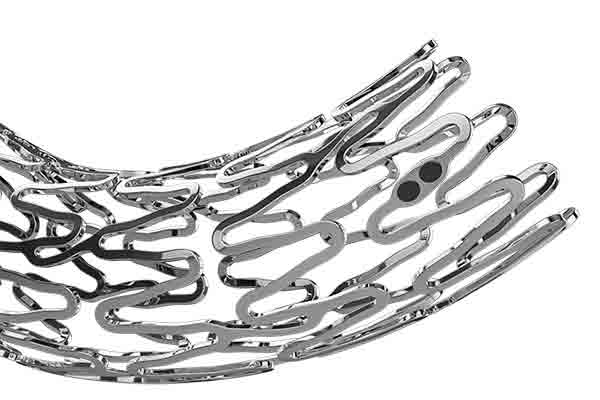
Magnesium has excellent strength-to-weight and it’s biosafe, but it is not traditionally used in medical devices or appliances. One of the reasons for this is that magnesium is highly reactive when exposed to oxygen or different liquids unless it’s been surface treated.
But the tendency of magnesium to naturally and safely biodegrade (as in chewable magnesium tablets) can also be cleverly exploited to make heart stents and bone graft replacements. Having a stent, for example, be reabsorbed into the bloodstream after vascular surgery helps to prevent another surgical procedure to remove the stent at a later time. Magnesium can be machined or pressure die cast for large parts.
Other common metals used in small amounts include gold, platinum, silver, iridium and tungsten.
Michigan CNC Machining Parts, Inc. has worked with all of these materials and many more to make projects that support the medical, aerospace, automotive and consumer products industries. With our new ISO 13485:2016 certification, we are ready to work with you when it’s time to begin your next medical device project. Contact us today for a free quotation and project review.
Chris Williams is the Content Editor at Michigan CNC Machining Parts, Inc.. He is passionate about writing and about developments in science, manufacturing and related technologies. He is also a certified English grammar snob.


